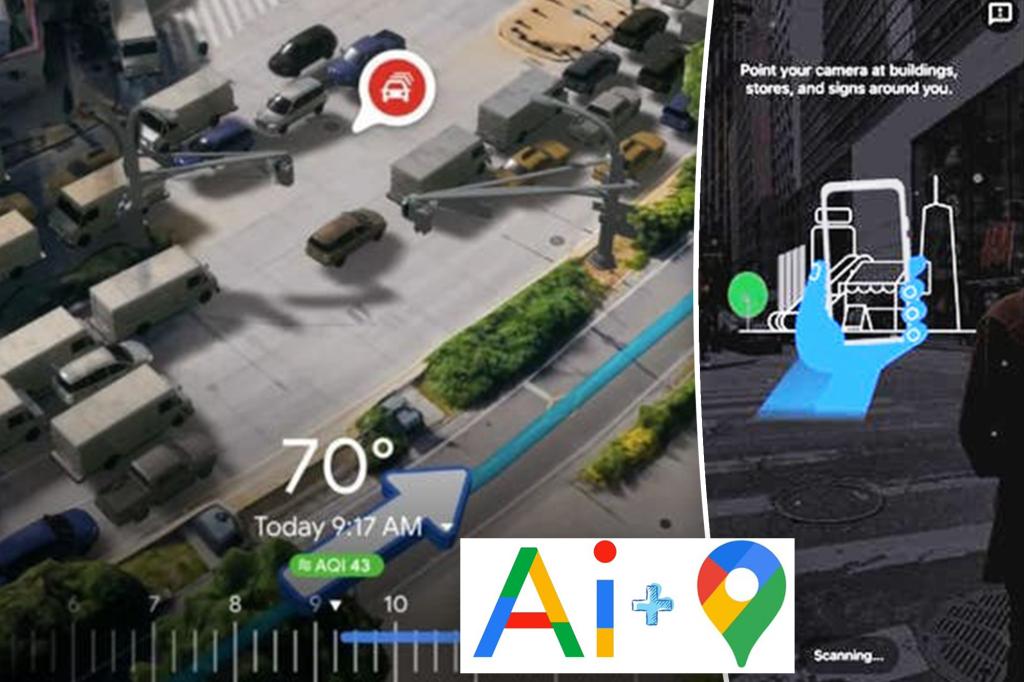In the forthcoming weeks and months, Google Maps is set to undergo significant enhancements driven by artificial intelligence. The introduction of five new AI-powered features aims to empower users to efficiently plan trips, explore sustainable options, and discover quick suggestions for activities, as stated by Google. Below are the key highlights to watch for as these changes are implemented digitally.
Immersive Viewing Experience
Users will now have access to a more detailed representation of their travel experiences, whether they are driving, walking, or using public transportation. By selecting their desired directions and tapping on the immersive preview called “Watch,” users can view their entire route in a multidimensional format. This feature includes visible turn-by-turn directions and a timeline slider that assists in scheduling departure times based on factors like anticipated traffic and weather conditions. This interactive view for routes is currently available for cities such as Amsterdam, Barcelona, Dublin, Florence, Las Vegas, London, Los Angeles, Miami, New York, Paris, San Jose, Seattle, Tokyo, and Venice, allowing users to visualize their routes and plan their journeys in advance.
Lens on Maps
Formerly known as “Search with Live View,” Lens on Maps leverages AI and augmented reality (AR) to provide users with contextual information and orientation in unfamiliar surroundings. By tapping on the Lens icon in the search bar and elevating their device, users can access details about nearby ATMs, transportation hubs, restaurants, cafes, and other establishments. This feature is expanding to over 50 new cities, including Austin, Las Vegas, Rome, São Paulo, and Taipei, marking the most extensive rollout of this functionality to date.
Enhanced Navigation with Google Maps
The use of AI will enhance the accuracy of Google Maps navigation, offering users a more realistic depiction of the world around them. Updates will include improved color schemes, lifelike building representations for better wayfinding, and detailed lane information, including guidance on challenging driving maneuvers on highways. These enhancements will be initially available in 12 countries, such as the US, Canada, France, and Germany, with additional features like HOV lane notifications in the US and AI-powered speed limit information in 20 European locations.
Electric Vehicle Charging Station Data
Drivers of electric vehicles embarking on road trips will benefit from real-time information on available charging stations, eliminating concerns about running out of battery. Users can now view details on charger compatibility with their vehicle, charging speeds (fast, medium, slow), and the last usage status to streamline their charging experience. This feature has commenced its rollout wherever EV charging station data is accessible, offering convenience and efficiency to electric vehicle drivers.
Enhanced Search Capabilities on Google Maps
The updated search functionality on Google Maps aims to revolutionize how users discover new points of interest. Searching for specific items will yield photo-centric results derived from billions of user-contributed photos on Google Maps. Users can simply tap on a photo to access more information and explore further. This feature, which debuted in select countries like France, Germany, Japan, the UK, and the US, is expected to expand to more regions in the future. Additionally, users can input “things to do” to access thematic search results that can be saved for later exploration. This feature is slated for a global rollout in the coming months.






